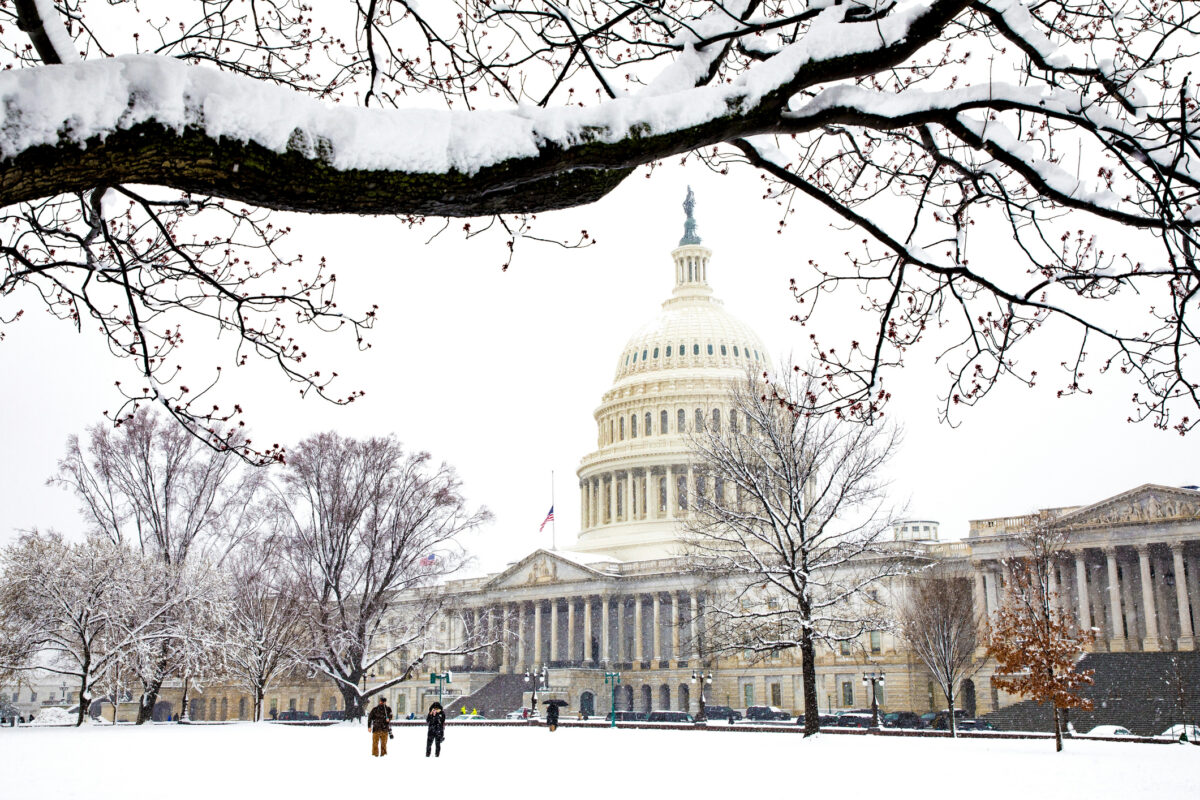Institutions Can Help Close Widening Completion Gaps with the Postsecondary Data GPS
Published Sep 25, 2020
Postsecondary education is supposed to be the great equalizer because it fosters upward mobility and economic sustainability. But it is only an equalizer for those who complete, and the path to completion is far from egalitarian. In particular, bachelor’s degree completers are disproportionately from higher-income households, and unfortunately, this pattern has worsened in recent years. Institutions have a critical role to play in recruiting and admitting a more diverse student body and creating the supports necessary for all students to complete.
Last November, the National Center for Education Statistics released the latest results from the 2012/17 Beginning Postsecondary Students Longitudinal Study (BPS:12/17), which surveyed first-time students after their first year of higher education in 2012, and then again in 2014 and 2017. The results of the study show a troubling trend: gaps in baccalaureate attainment by income level were even larger than they were in the previous study, conducted between 2004 and 2009 (BPS:04/09). These widening gaps are the result of attainment rising for everyone, but rising more rapidly for students in the highest income quintile.
Bachelor’s Degree Completion Gaps, by High School GPA and Income Quintile
Data: National Center for Education Statistics, BPS:04/09 & BPS:12/17. Full-time students only. Analysis through PowerStats.
Research shows that college preparation is a key predictor of bachelor’s degree attainment, but it is especially concerning that these gaps, and their growth, persist even among students with similar high school performance. For example, among high-achieving students—those with a high school GPA of 3.5 or higher—the vast majority (91 percent) of students in the highest income quintile completed their bachelor’s degree, compared with only 57 percent of students from low-income backgrounds, for a 34 percentage point gap, widening from 29 percentage points in BPS:04/09.
Bachelor’s attainment gaps also widened for students in the second and third income quintiles, compared with the highest income quintile. These gaps grew at all levels of high school performance by between two and 12 percentage points. The rising tide clearly is not lifting all boats at the same pace, and postsecondary institutions should do more to close these widening completion gaps by focusing resources on supporting students from low-income backgrounds.
Using data can be a catalyst for closing equity gaps. As BPS data demonstrate at the national level, data can unearth inequities. Institutions can take the next step in digging beneath these national data to:
- Identify and evaluate disparities in student outcomes at their institution.
- Better understand the factors that lead to completion inequities. A more detailed examination of campus data can indicate where along their progress toward degree completion students are most likely to stop out, which reveals opportunities for targeted institutional support.
For example, comparing credit accumulation patterns among those who stop out and those who complete can point institutions to interventions like changes to course scheduling or financial aid. Only after understanding which students fall behind and when and why it happens can institutions work to craft informed, equity-minded policies and practices that provide underserved students with support where they most need it.
One tool institutions can use to facilitate their data analysis is the Postsecondary Data GPS. This guidebook encourages analyses of several metrics, including completion metrics, at the institution level. Institutions can use the tool to disaggregate data and evaluate their completion gaps, interrogate why the gaps exist, and strategize about what processes and interventions should change to promote student success. At a time when having a postsecondary education is more important than ever for economic sustainability and mobility, it is critical that institutions use all of the tools in their toolbox to equitably serve students.
Reference Chart:
| Income Range for Each Quintile, by BPS Study | ||
| BPS:04/09 | BPS:12/17 | |
| First (Lowest) | <$25,617 | <$22,586 |
| Second | $25,617-$45,778 | $22,586-$45,359 |
| Third | $45,779-68,448 | $45,360-$75,707 |
| Fourth | $68,449-$99,545 | $75,708-$116,468 |
| Fifth (Highest) | >$99,545 | >$116,468 |
Data: National Center for Education Statistics, BPS:04/09 & BPS:12/17. Full-time students only. Analysis through PowerStats.


